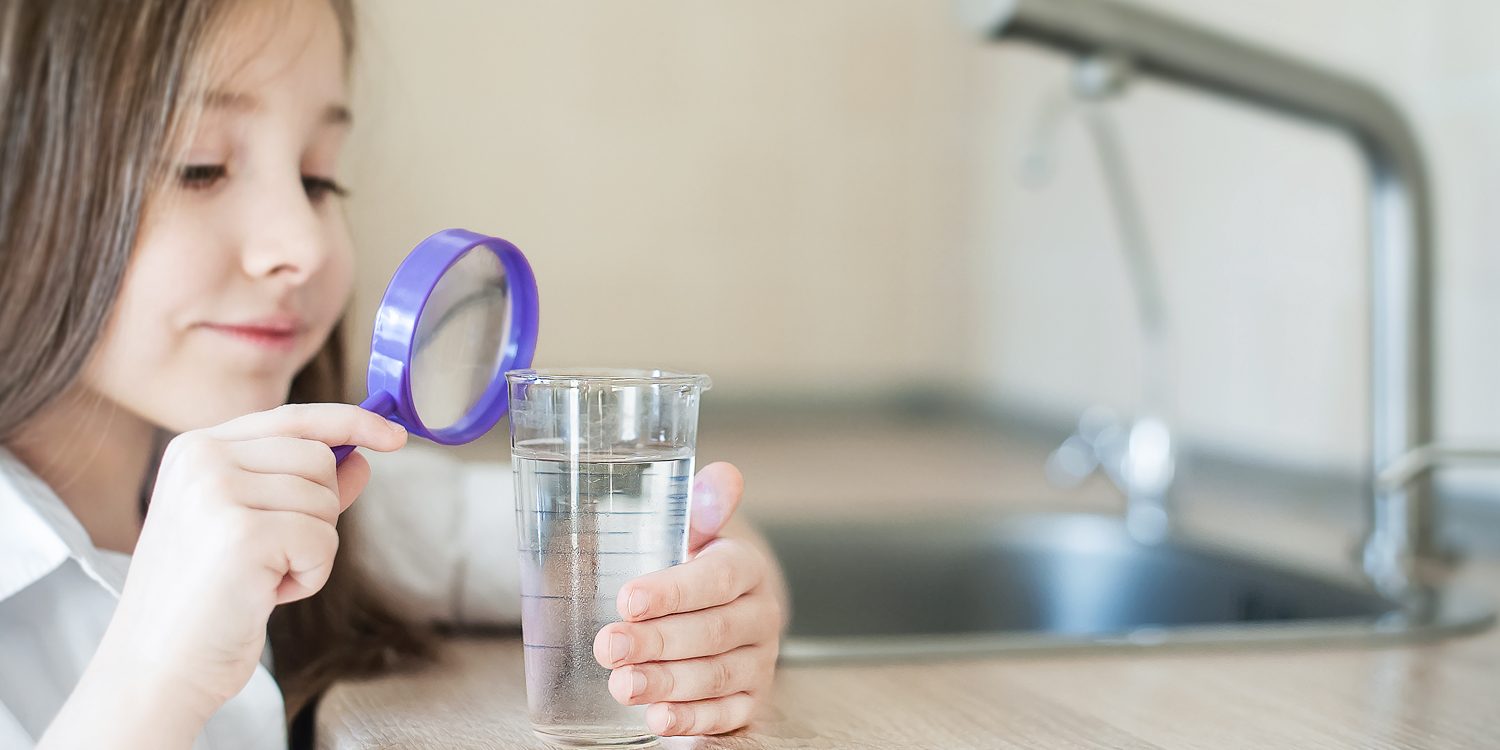Tap water, quality and safety
In order to ensure the quality and safety of its water, CAP Group monitors and carries out testing at its drinking water analysis laboratories on a daily basis to ensure that it meets the required standards for human consumption. Indeed, drinking water must comply with chemical, physical and microbiological standards established by Council Directive (UE) 2020/2184 and implemented in Italy by Legislative Decree 18/2023.
The analysis of the water for all municipalities served by the CAP Group can be found on the water label, which certifies the potability of the water it distributes and allows citizens to check the values of the main chemical, physical and microbiological parameters analysed.
The data provided by our analysis laboratories confirms that the tap water is safe, healthy and of superior quality, with a good balance of mineral salts and dissolved substances.
Drinking tap water is a safe move and is good for the environment.

